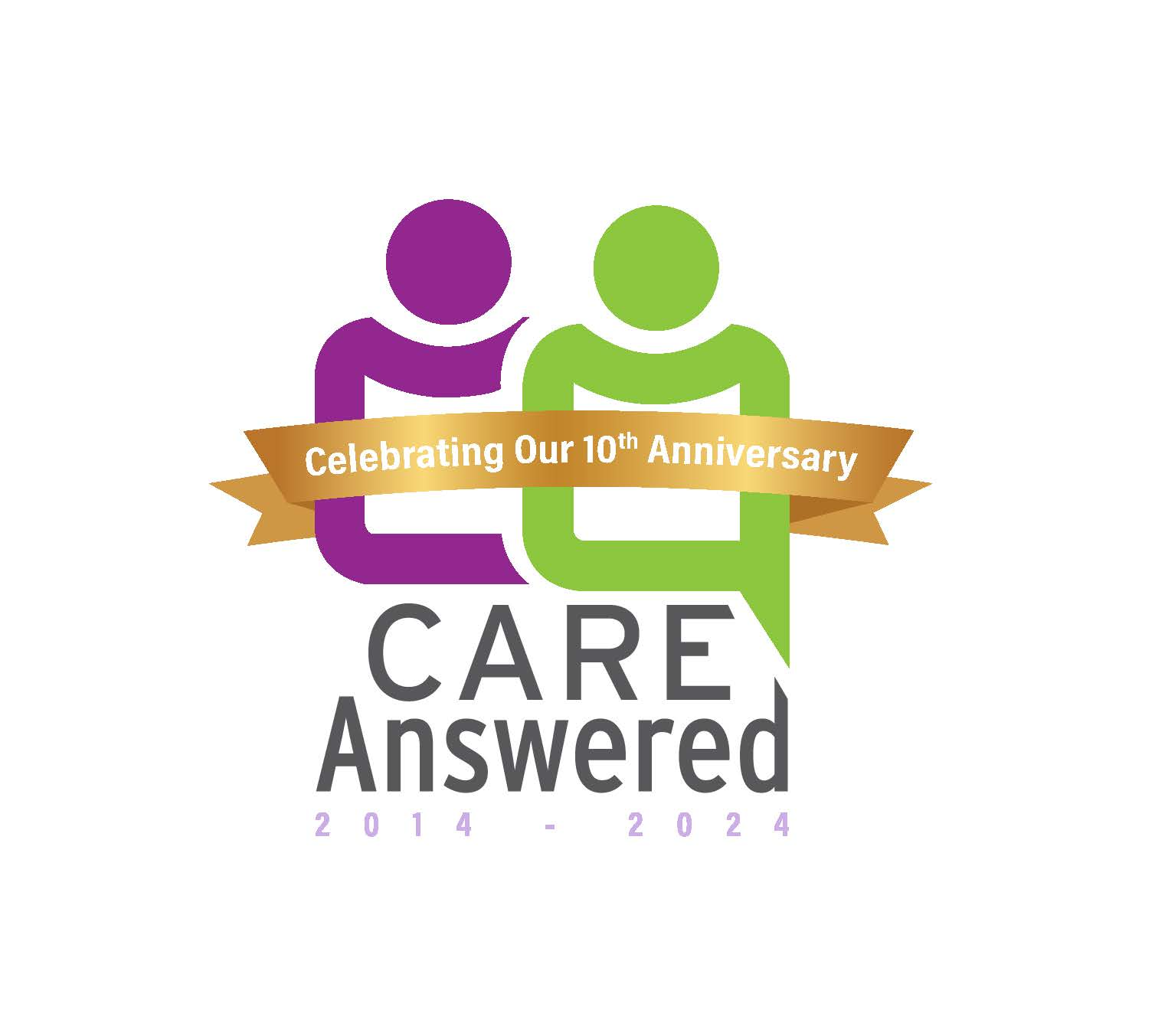Did you know? In the U.S., there is $88 billion in medical debt on consumer credit records as of June 2021. The total amount of medical debt in collections in the U.S. is likely higher, since not all medical debt in collections is furnished to consumer reporting companies.
Black and Hispanic people, and young adults and low-income individuals of all races and ethnicities, are more likely to have medical debt than the national average. Older adults and veterans are also heavily impacted by medical debt.
So it is not surprising that Care Answered gets a fair number of calls regarding billing and insurance coverage. Fortunately, this is a topic with which we have experience – enough experience to have been featured in media interviews. Based on that experience, here are our best tips to help you avoid unexpected medical bills.
Know Your Insurance
Knowing your insurance begins with understanding the definition of these common terms:
- Copay – This is the fixed cost that an insurance policyholder pays for a specific service covered by insurance.
- Coinsurance – The percentage of costs of a covered health care service you pay (20%, for example) after you’ve paid your deductible, in network providers, and/or out of network providers.
- Deductible – The amount you pay for covered health care services before your insurance plan starts to pay.
- Providers – clinicians, hospitals and others that accept medical insurance for their services/products.
- In-network providers vs. out-of-network providers – In-network providers accept your insurance and generally have worked out a fee structure with your insurance plan. Out-of-network providers usually have not worked out a fee structure and can often cost more for you out of pocket.
Don’t Panic
If you get a bill that you didn’t expect, don’t panic. Instead:
- Contact your provider to ask why the procedure or test you thought was covered was not. Oftentimes it was just coded incorrectly, and the clinician’s office can correct it.
- You can also contact the insurance company and ask why it was not covered.
Explanation of Benefits
Explanation of benefits, or EOB, is not a bill. You may see on the EOB the amount the provider would charge for those without insurance and notice your insurance only covers a portion. If the provider is in-network, they have already worked out what in-network providers will be paid. It may not have anything to do with you and what you owe. If you are concerned, you can call the provider to make sure your care has been covered. But remember, the EOB is not a bill.
Recent Changes That Can Take the Sting out of Medical Bills
- The federal No Surprises Act protects people covered under group and individual health plans from receiving surprise medical bills when they receive emergency or non-emergency services from out-of-network providers at in-network facilities, and services from out-of-network air ambulance service providers. The Act also establishes an independent dispute resolution process for payment disputes between plans and providers, and provides new dispute resolution opportunities for uninsured and self-pay individuals when they receive a medical bill that is substantially greater than the good faith estimate they get from the provider.
- $500 in medical debt or less cannot go on your credit report. By mid-2023, all medical debt less than $500 is no longer expected to appear on credit reports from the three major bureaus. The bureaus made this decision after a review of medical debt revealed that, for most people, the debt was a result of a one-time or emergency event.
- Medical debt will no longer affect credit for one year (previously it was 180 days). As of July 1, 2022, there is a yearlong waiting period before unpaid medical debt can appear on your credit report. Also in July 2022, the credit bureaus began removing all paid medical debt from credit reports. Check your reports to make sure that your paid medical debt no longer appears.
Still Have Questions?
Contact us at (516) 584-2007.

